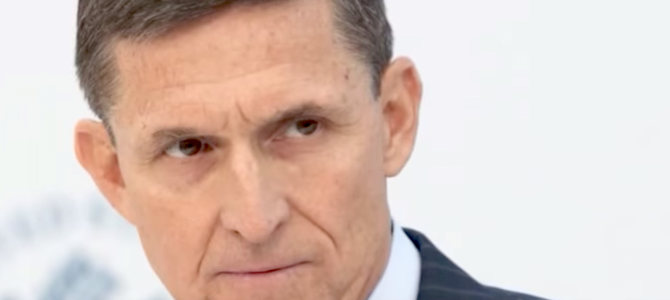In a 2-1 decision, the D.C. Circuit Court of Appeals granted Michael Flynn’s petition for a writ of mandamus and ordered federal district court Judge Emmet Sullivan to dismiss the criminal charge against Flynn. The court also vacated Sullivan’s appointment of John Gleeson as amicus curiae. The federal appellate court, however, refused to reassign the case to another judge, concluding Sullivan’s conduct was not “so extreme as to display clear inability to render fair judgment.”
In not reassigning the Flynn case, the majority in In re Flynn handed Sullivan a face-saving out, but will the longtime federal judge accept defeat or escalate matters, firmly proving his judicial bias and own intemperance?
At this point, Sullivan need only grant the Department of Justice’s motion to dismiss and enter an order dismissing the criminal charge against Flynn with prejudice. That would end the matter. But as the respondent to Flynn’s petition for mandamus, Sullivan has the same options a normal litigant would have, including seeking review of the panel decision by the entire D.C. Circuit or requesting review by the United States Supreme Court.
Given that Judge Robert Wilkins dissented from the majority opinion, authored by Judge Neomi Rao and joined by Judge Karen Henderson, Sullivan might just opt for open defiance. Such a course of action would be a mistake, though, as Rao penned a cautious opinion, focused on separation-of-powers concerns, that has an extremely limited reach. The majority opinion eviscerated every argument presented in Wilkins’ dissent.
Rarely do federal appellate courts go en banc to rehear a case with narrow reach, and it would be even rarer for the Supreme Court to intervene in a case unlikely ever to arise again.
So Sullivan’s chances of success are low, and any attempt to push forward now would only fossilize his already-bare anti-Trump and anti-Flynn bias. Sullivan’s better course of action would be to immediately grant the government’s motion to dismiss in a short order that framed his earlier rulings and his appointment of an amicus as a concern for transparency. Then, by feigning disgust over the brief Gleeson submitted, Sullivan could extricate himself from the swamp he created.
If he were wise, Sullivan would also make note of the additional exculpatory evidence just turned over by the Department of Justice. That evidence, which consisted of a page of handwritten notes by fired former FBI agent Peter Strzok, detailed the FBI’s view that there was nothing wrong with Flynn’s conversations with the Russian ambassador. This new evidence further establishes that the questioning of Flynn about those conversations was pretextual and that agents had launched a perjury trap to inveigle Flynn.
If the last two years has proved anything, it is that Sullivan has abandoned the wisdom of his years. Unfortunately there is another option: Sullivan may opt to instead escalate by, in addition to seeking review of the panel’s decision, chastising and potentially sanctioning Flynn’s attorney, Sidney Powell, for making public details of Strzok’s notes.
Here, the last several months has exposed another reality: Sullivan does not want transparency if it benefits Flynn and, in turn, Trump.
When the Department of Justice began providing Flynn and his legal team with exculpatory evidence that had been withheld by the special counsel’s team and then-lead prosecutor Brandon Van Grack, Powell filed the newly disclosed evidence with the court. She also summarized the key takeaways in filings captioned as supplements to the then-pending motions to dismiss.
But as the damning information amassed, Sullivan didn’t haul Van Grack before the court to query him on his prior representations to the court that all Brady material had been turned over. And Sullivan didn’t enter a “rule to show cause” for why the government had breached its standing order that directed the prosecutors to submit to the court any exculpatory evidence it believed was not material and thus did not need to be turned over.
Instead, Sullivan entered a minute order directing Powell not to “file additional supplements to the pending motions until the government completes its final production from the review” of the Flynn case.
Powell sidestepped that order today when she filed the just-disclosed Strzok notes as an exhibit to a supplement to the motion to dismiss. Powell, however, did not technically violate Sullivan’s order because that order directed Flynn’s attorney not to file any more supplements “to the pending motions,” and the government’s motion to dismiss was not pending at that time.
But if Sullivan continues to put prudence aside, that won’t stop him from punishing Powell for what he perceives as a disregard for the court’s order, while he also pushes forward with a petition for en banc review by the D.C. Circuit.
For Flynn’s sake, and for the sake of a federal judge who for years served with honor and distinction, here’s hoping Sullivan is receiving some sage advice — and not from his current amicus curiae.








